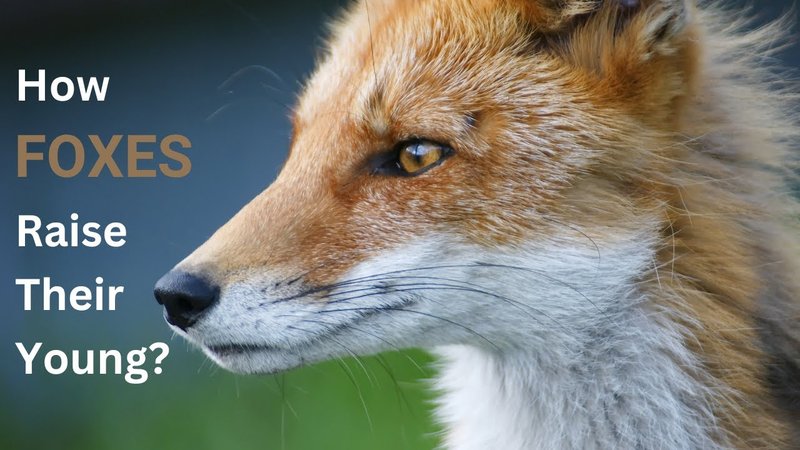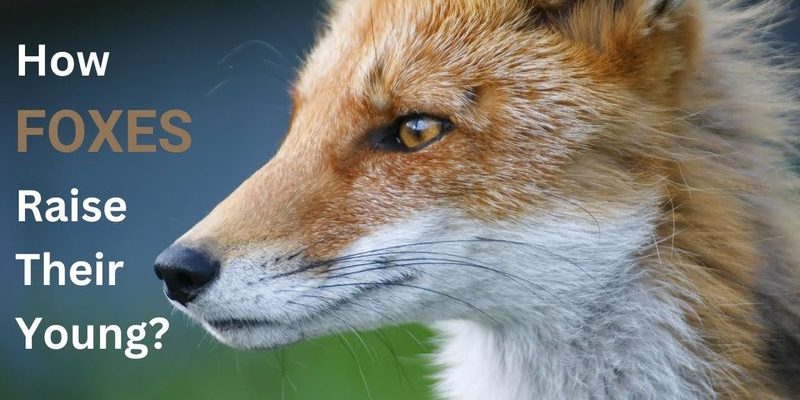
In this article, we’ll dive into the world of topis and explore their parenting techniques. From choosing a safe place to give birth to teaching their calves how to thrive in the wild, we’ll cover it all. It’s pretty cool to think about how these animals navigate the challenges of their environment to ensure their little ones grow up strong and healthy.
The Birth of a Topi Calf
When it comes to bringing a new life into the world, topis have their own unique approach. The gestation period for a female topi is about seven months. This careful timing helps ensure that the calf is born when the food supply is plentiful, which is crucial for the mother’s recovery and the calf’s growth.
Once the time comes, the mother topi usually seeks out a safe, secluded spot to give birth. This could be in thick grass or behind a bush, keeping her baby protected from predators. After the birth, the mother licks the calf clean, which helps stimulate its circulation and encourages it to stand up and nurse. Honestly, this moment can be quite a sight—imagine a wobbly newborn taking its first steps!
Momma topis will typically give birth to a single calf, though twins can occur occasionally. It’s a demanding task, but topi mothers are fiercely protective of their young. They stay close, ensuring the calf gets its first meal and begins to bond with her. You might be wondering how the calf learns to navigate the world so quickly; well, it all starts right from the moment it’s born.
Mother-Young Bonding
One of the most beautiful aspects of topi parenting is the bond formed between the mother and her calf. It’s crucial for the calf’s survival, as this relationship lays the groundwork for all the learning that is to come. After birth, the calf stays close to its mother, often following her around as she grazes.
This close contact allows for immediate learning opportunities. The calf watches its mother to understand what foods are safe to eat and where to find water. Over time, the mother will even call to her calf with soft vocalizations, guiding it in the right direction. It’s like how we teach children to explore their surroundings, but in the wild, it’s all about survival.
During the early stages, if the mother senses danger, she’ll often herd her calf closer to her side or move to a safer location. This protects the young one while also teaching it to identify threats. Talk about multitasking!
Teaching Life Skills
As the calf grows, the mother topi takes on the important role of teacher. You might be surprised at just how much a young topi needs to learn. For instance, it must familiarize itself with the area to help find food and identify dangers. The mother leads by example, showing her calf what to eat and how to graze effectively.
Calves typically start eating grass around two weeks old, but they rely on their mother’s milk for the first few months. Gradually, the calf watches its mom interact with other herds and learns social skills as well. These moments are vital for building a place in the herd, and they mimic how human children learn through social play.
Moreover, young topis also learn how to react to various aspects of nature—like the sound of predators or the warning calls from other animals. The mother may even take her calf to different grazing locations to expose it to various environments. It’s all about balance; learning to enjoy the lush grasses while being aware of lurking dangers.
Protecting the Young from Predators
In the wild, safety is always a concern, especially for a vulnerable young animal. Topis, like many grazers, face threats from predators such as lions, hyenas, and wild dogs. Here’s the thing: the mother topi has developed some intriguing strategies to protect her young.
Vigilance is a top priority. Mothers stay alert and watchful, scanning the landscape for any signs of danger. When a predator is near, momma topi will often position herself between her calf and the threat, using her body as a shield. This protective instinct is not just instinctual; it’s a learned behavior passed down through generations.
Additionally, topis can be quite vocal. They communicate with each other using a range of sounds, alerting their herds about potential dangers. When a mother senses a predator, she might emit a warning call, prompting the herd to move to safety. By keeping the herd strong, she increases the chances for all young topis to survive.
Calf Independence and Socialization
As calves grow, their independence gradually increases. Around six months old, they begin to spend more time away from their mothers, exploring their environment and practicing their grazing skills. It’s an exciting and scary time for both the calf and the mother.
Topis are social animals, so interaction with the herd is vital. Young topis often bond with their peers, learning crucial skills through play and social interaction. For example, they might engage in mock fighting or racing, which helps them develop strength and agility—both necessary for adult life.
During this stage, the mother will allow her calf to roam a bit further but remains nearby, keeping a close watch. It’s like letting your teenager go to their first party while making sure they have a safe ride home—there’s a balance of trust and supervision.
Raising young topis in the wild is a beautiful and complex process. From careful birthing practices to protective instincts, mother topis play a crucial role in ensuring their calves grow up to thrive in their natural habitat. Each stage of development is filled with learning and growth, not just for the calf but for the mother as well.
Observing how these animals interact and nurture their young can remind us of the broader cycle of life. Just like humans, topis teach their young to survive and flourish in a world that’s both beautiful and harsh. And who knows? The stories we share about nature can inspire a deeper understanding and appreciation for all wildlife.
So next time you think about topis raising their young, remember the care, skill, and heart that goes into it. It’s a fascinating world out there, one where survival is a team effort, and every lesson counts.

